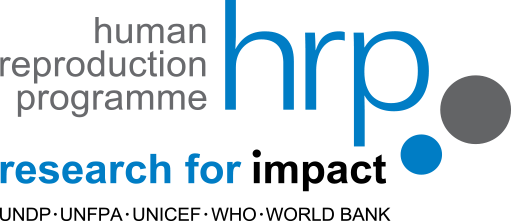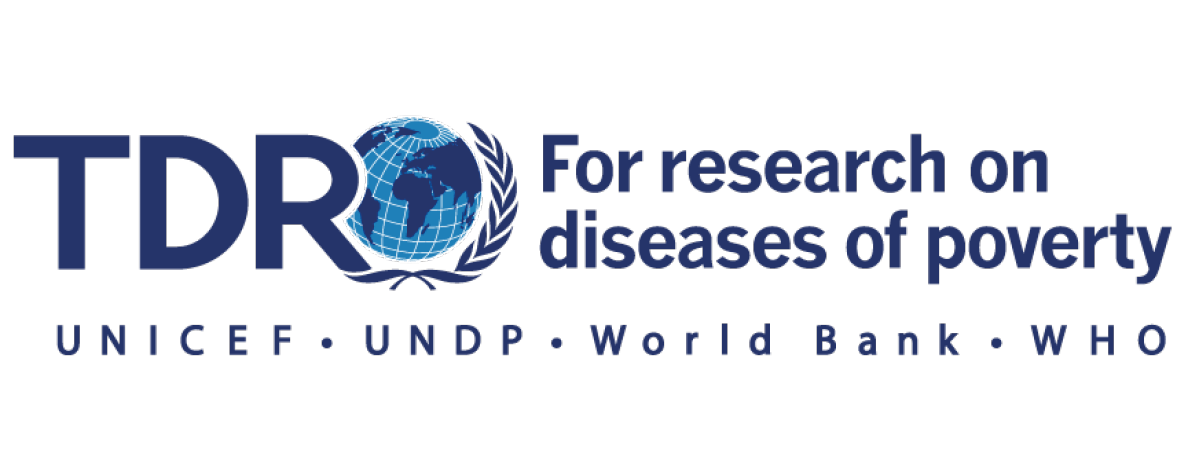
A tool for strengthening gender-sensitive national HIV and sexual and reproductive health (SRH) monitoring and evaluation systems
While gender inequality affects many health conditions and outcomes, nowhere is it more pronounced than in matters of sexuality and reproduction. Gender inequality influences the ability of women and girls to exercise control and autonomy when it comes to matters of their own sexuality (for example, choosing sexual partners, deciding when to have sex, refusing sex, engaging in safe sex) and reproduction (for example, deciding to or not to have children, using contraception and protecting themselves from sexually transmitted infections (STIs), including HIV). Hence, programmes and policies to address the health of women and girls, particularly their sexual and reproductive health (SRH) and HIV status, must be informed by evidence and address gender inequality.
WHO (2016), A practical tool for strengthening gender-sensitive national HIV and Sexual and Reproductive Health (SRH) monitoring and evaluation systems.
Asking the right questions about monitoring and evaluation of gender inequality
Identifying an appropriate set of gender-sensitive indicators
Generating meaningful data through gender analysis
Making M&E systems gender-sensitive

A tool for strengthening gender-sensitive national HIV and sexual and reproductive health (SRH) monitoring and evaluation systems
While gender inequality affects many health conditions and outcomes, nowhere is it more pronounced than in matters of sexuality and reproduction. Gender inequality influences the ability of women and girls to exercise control and autonomy when it comes to matters of their own sexuality (for example, choosing sexual partners, deciding when to have sex, refusing sex, engaging in safe sex) and reproduction (for example, deciding to or not to have children, using contraception and protecting themselves from sexually transmitted infections (STIs), including HIV). Hence, programmes and policies to address the health of women and girls, particularly their sexual and reproductive health (SRH) and HIV status, must be informed by evidence and address gender inequality.
WHO (2016), A practical tool for strengthening gender-sensitive national HIV and Sexual and Reproductive Health (SRH) monitoring and evaluation systems.
Asking the right questions about monitoring and evaluation of gender inequality
Identifying an appropriate set of gender-sensitive indicators
Generating meaningful data through gender analysis
Making M&E systems gender-sensitive

A tool for strengthening gender-sensitive national HIV and sexual and reproductive health (SRH) monitoring and evaluation systems
Developed by:
While gender inequality affects many health conditions and outcomes, nowhere is it more pronounced than in matters of sexuality and reproduction. Gender inequality influences the ability of women and girls to exercise control and autonomy when it comes to matters of their own sexuality (for example, choosing sexual partners, deciding when to have sex, refusing sex, engaging in safe sex) and reproduction (for example, deciding to or not to have children, using contraception and protecting themselves from sexually transmitted infections (STIs), including HIV). Hence, programmes and policies to address the health of women and girls, particularly their sexual and reproductive health (SRH) and HIV status, must be informed by evidence and address gender inequality.
WHO (2016), A practical tool for strengthening gender-sensitive national HIV and Sexual and Reproductive Health (SRH) monitoring and evaluation systems.
Asking the right questions about monitoring and evaluation of gender inequality
Identifying an appropriate set of gender-sensitive indicators
Generating meaningful data through gender analysis
Making M&E systems gender-sensitive

A tool for strengthening gender-sensitive national HIV and sexual and reproductive health (SRH) monitoring and evaluation systems
While gender inequality affects many health conditions and outcomes, nowhere is it more pronounced than in matters of sexuality and reproduction. Gender inequality influences the ability of women and girls to exercise control and autonomy when it comes to matters of their own sexuality (for example, choosing sexual partners, deciding when to have sex, refusing sex, engaging in safe sex) and reproduction (for example, deciding to or not to have children, using contraception and protecting themselves from sexually transmitted infections (STIs), including HIV). Hence, programmes and policies to address the health of women and girls, particularly their sexual and reproductive health (SRH) and HIV status, must be informed by evidence and address gender inequality.
WHO (2016), A practical tool for strengthening gender-sensitive national HIV and Sexual and Reproductive Health (SRH) monitoring and evaluation systems.
Asking the right questions about monitoring and evaluation of gender inequality
Identifying an appropriate set of gender-sensitive indicators
Generating meaningful data through gender analysis
Making M&E systems gender-sensitive

A tool for strengthening gender-sensitive national HIV and sexual and reproductive health (SRH) monitoring and evaluation systems
While gender inequality affects many health conditions and outcomes, nowhere is it more pronounced than in matters of sexuality and reproduction. Gender inequality influences the ability of women and girls to exercise control and autonomy when it comes to matters of their own sexuality (for example, choosing sexual partners, deciding when to have sex, refusing sex, engaging in safe sex) and reproduction (for example, deciding to or not to have children, using contraception and protecting themselves from sexually transmitted infections (STIs), including HIV). Hence, programmes and policies to address the health of women and girls, particularly their sexual and reproductive health (SRH) and HIV status, must be informed by evidence and address gender inequality.
WHO (2016), A practical tool for strengthening gender-sensitive national HIV and Sexual and Reproductive Health (SRH) monitoring and evaluation systems.
Asking the right questions about monitoring and evaluation of gender inequality
Identifying an appropriate set of gender-sensitive indicators
Generating meaningful data through gender analysis
Making M&E systems gender-sensitive

A tool for strengthening gender-sensitive national HIV and sexual and reproductive health (SRH) monitoring and evaluation systems
While gender inequality affects many health conditions and outcomes, nowhere is it more pronounced than in matters of sexuality and reproduction. Gender inequality influences the ability of women and girls to exercise control and autonomy when it comes to matters of their own sexuality (for example, choosing sexual partners, deciding when to have sex, refusing sex, engaging in safe sex) and reproduction (for example, deciding to or not to have children, using contraception and protecting themselves from sexually transmitted infections (STIs), including HIV). Hence, programmes and policies to address the health of women and girls, particularly their sexual and reproductive health (SRH) and HIV status, must be informed by evidence and address gender inequality.
WHO (2016), A practical tool for strengthening gender-sensitive national HIV and Sexual and Reproductive Health (SRH) monitoring and evaluation systems.
Asking the right questions about monitoring and evaluation of gender inequality
Identifying an appropriate set of gender-sensitive indicators
Generating meaningful data through gender analysis
Making M&E systems gender-sensitive

A tool for strengthening gender-sensitive national HIV and sexual and reproductive health (SRH) monitoring and evaluation systems
While gender inequality affects many health conditions and outcomes, nowhere is it more pronounced than in matters of sexuality and reproduction. Gender inequality influences the ability of women and girls to exercise control and autonomy when it comes to matters of their own sexuality (for example, choosing sexual partners, deciding when to have sex, refusing sex, engaging in safe sex) and reproduction (for example, deciding to or not to have children, using contraception and protecting themselves from sexually transmitted infections (STIs), including HIV). Hence, programmes and policies to address the health of women and girls, particularly their sexual and reproductive health (SRH) and HIV status, must be informed by evidence and address gender inequality.
WHO (2016), A practical tool for strengthening gender-sensitive national HIV and Sexual and Reproductive Health (SRH) monitoring and evaluation systems.
Asking the right questions about monitoring and evaluation of gender inequality
Identifying an appropriate set of gender-sensitive indicators
Generating meaningful data through gender analysis
Making M&E systems gender-sensitive





